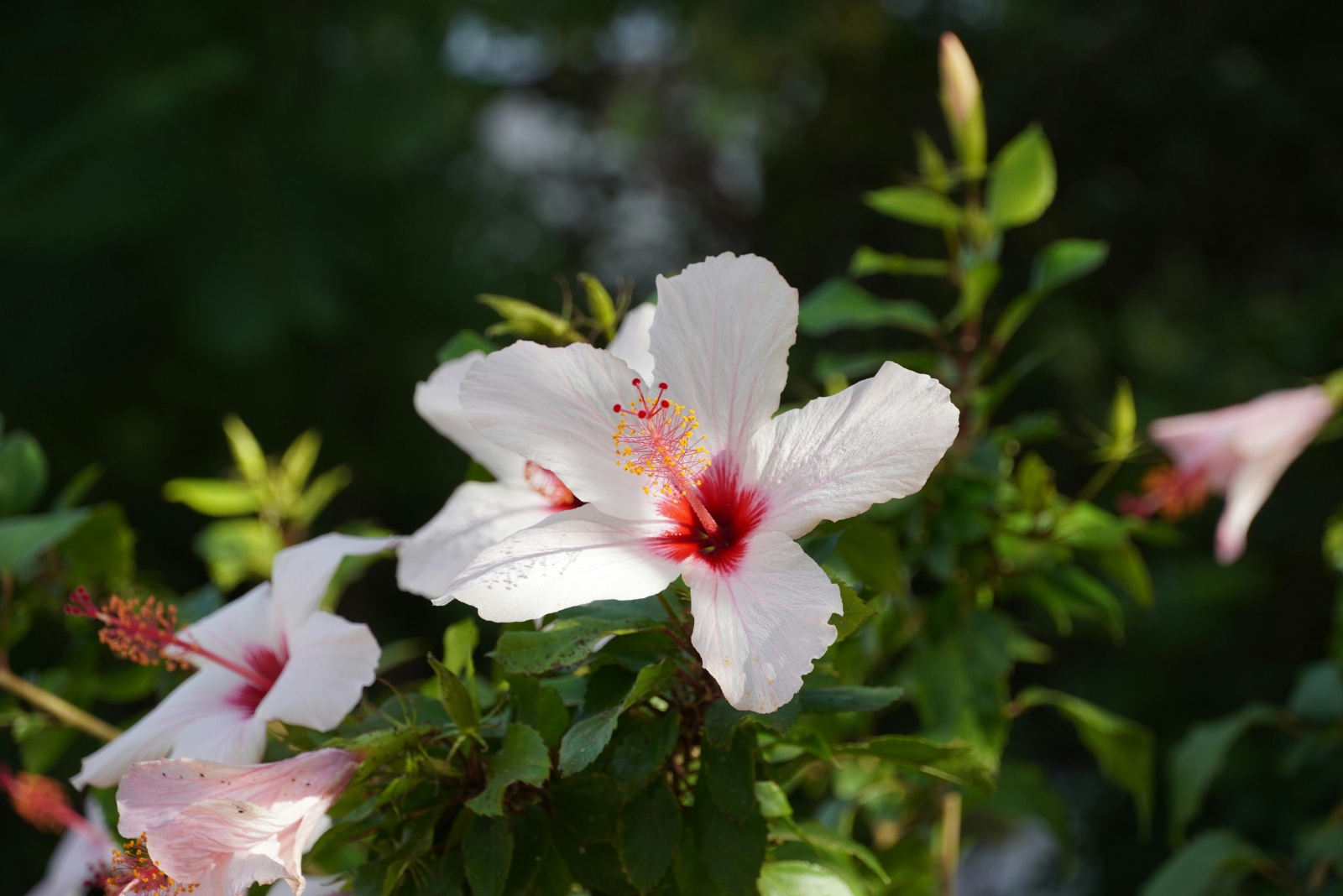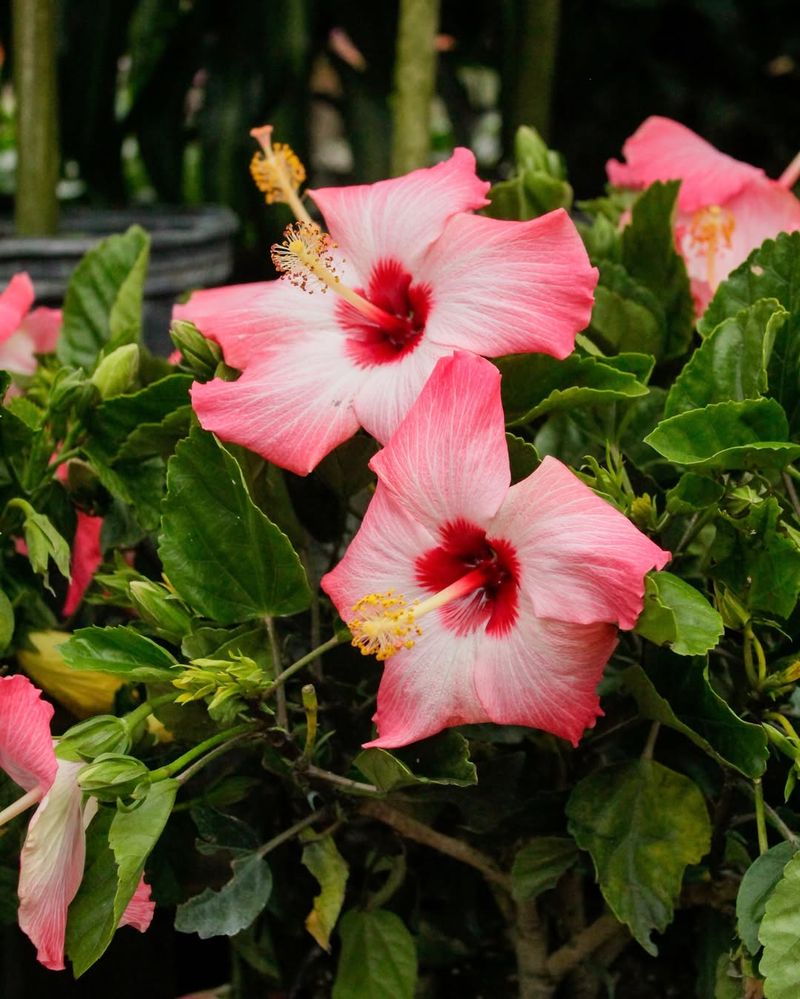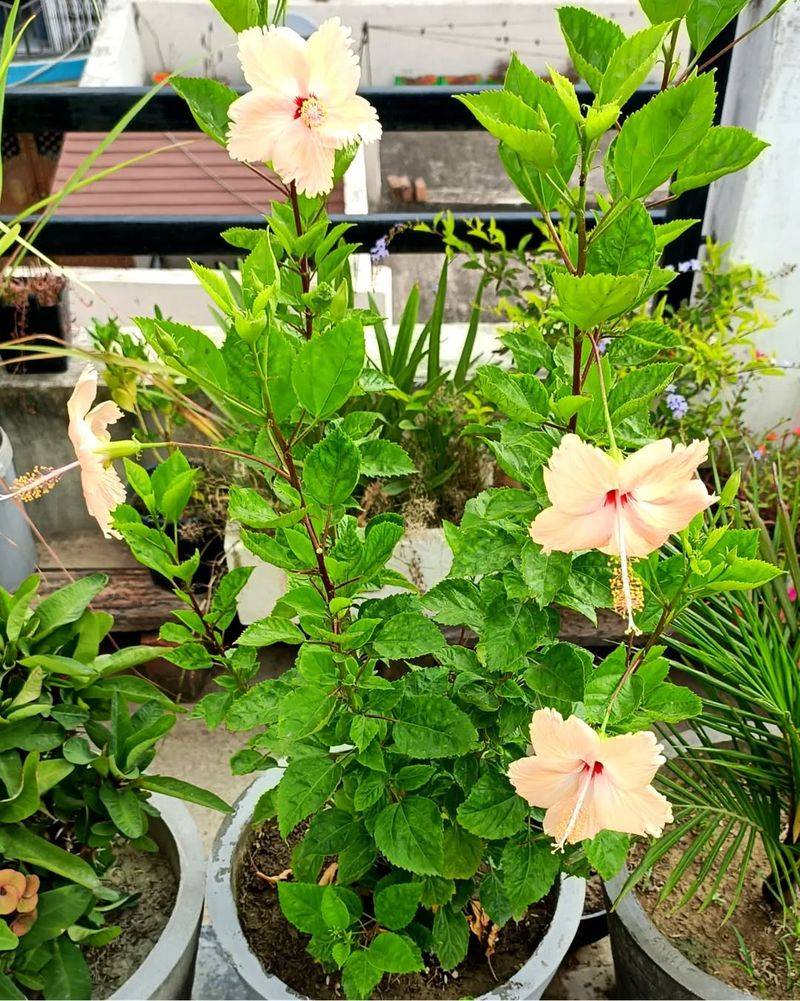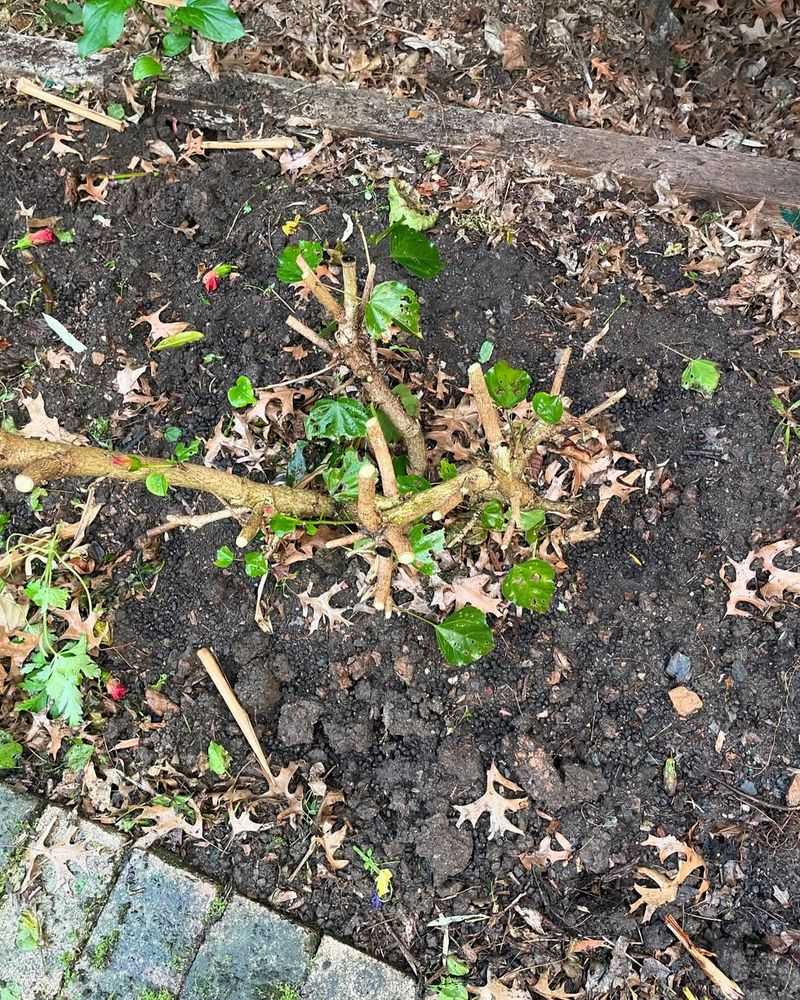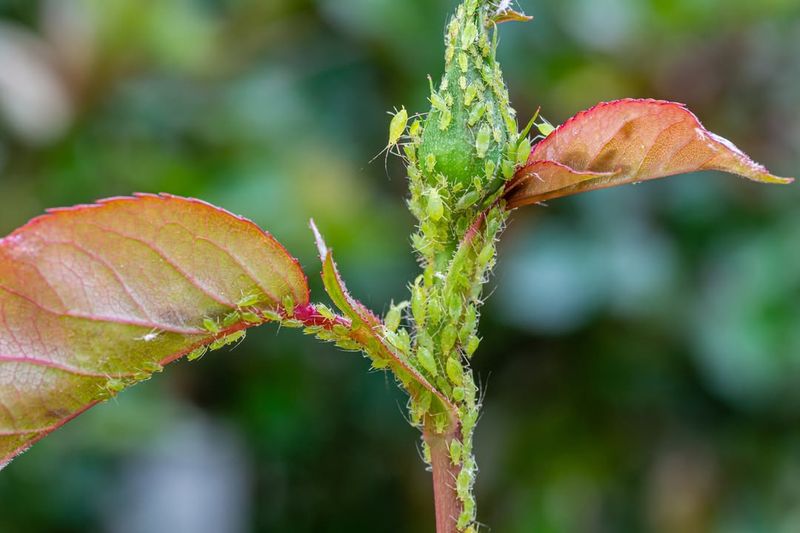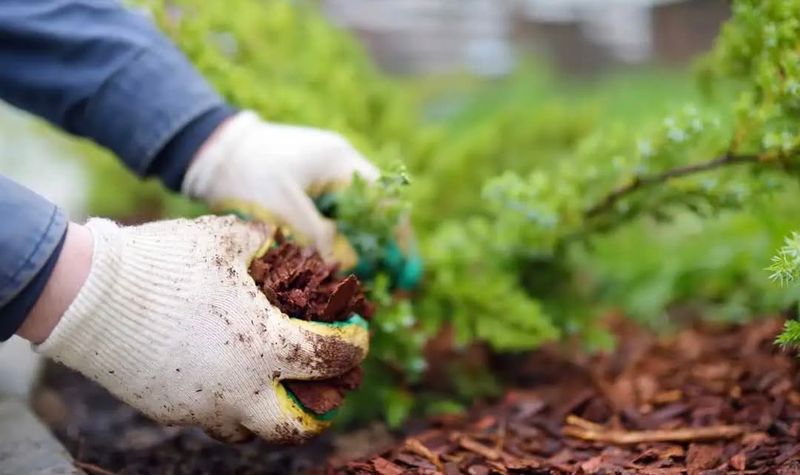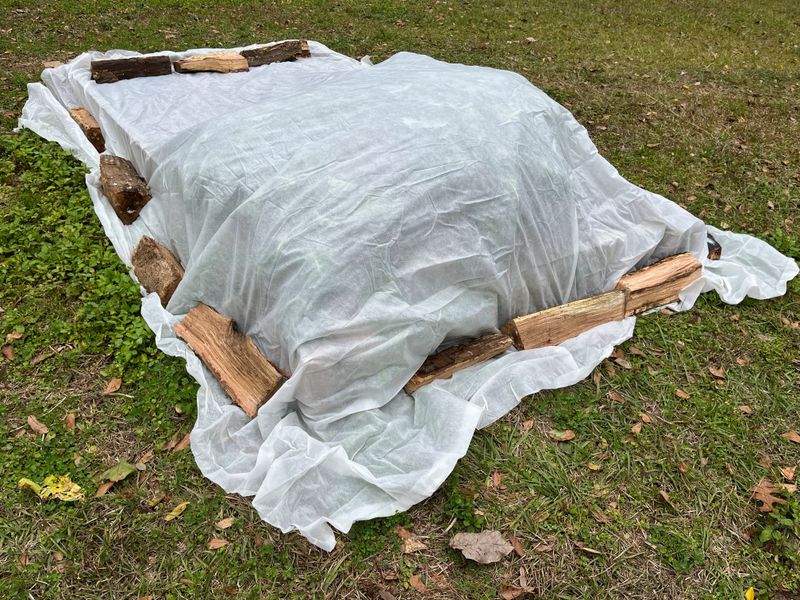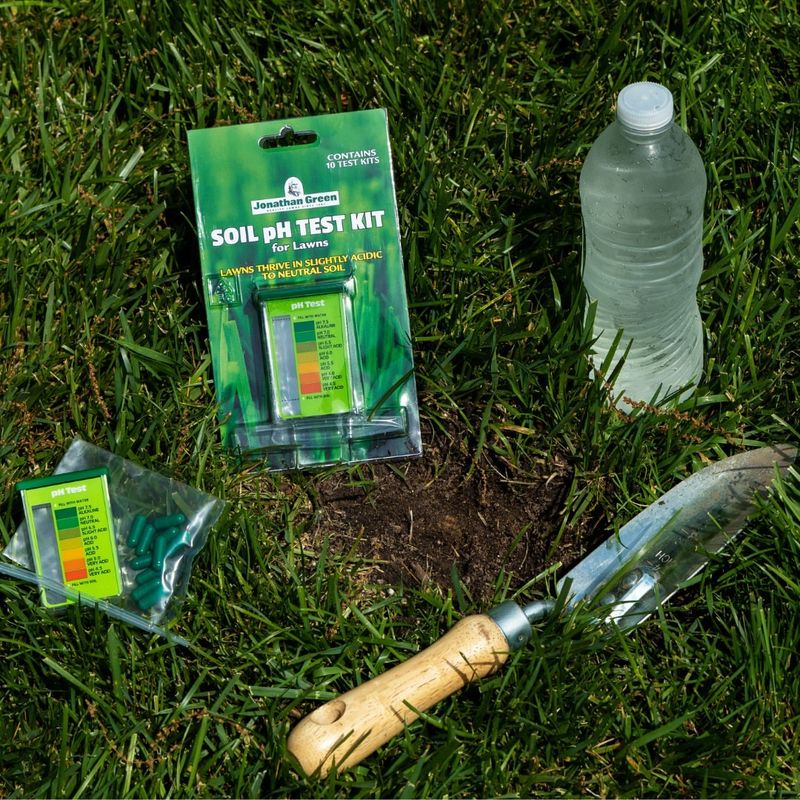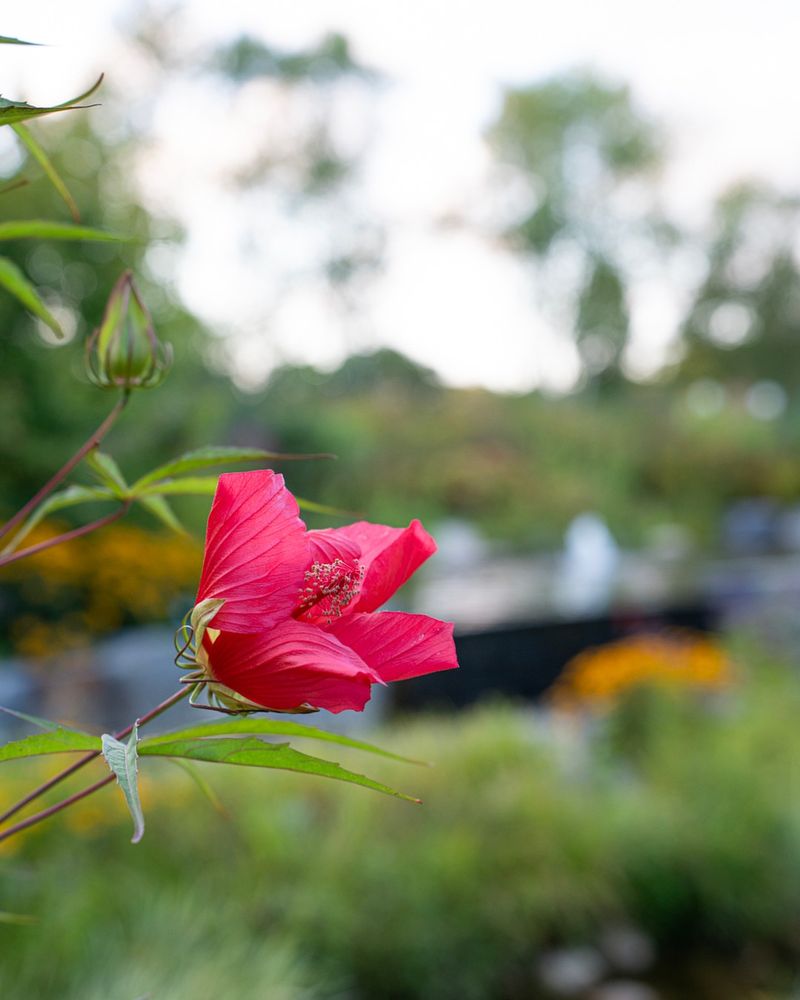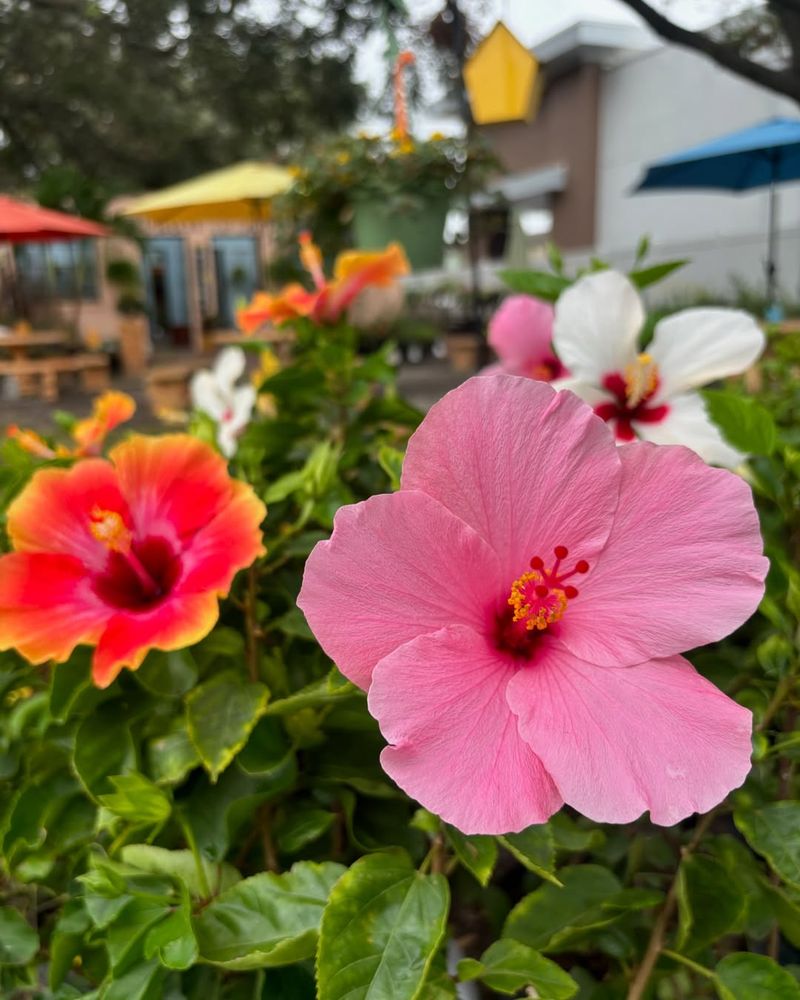Florida’s tropical hibiscus plants bring vibrant color to gardens year-round, but fall brings unique challenges that can make or break your blooms. As temperatures shift and humidity changes, your hibiscus needs special attention to stay healthy and beautiful.
Learning the right care techniques for autumn will help your plants thrive through cooler months and reward you with stunning flowers all season long.
1. Adjust Your Watering Schedule
Fall weather in Florida means less intense heat, so your hibiscus won’t be as thirsty as during summer. Check the soil before watering by sticking your finger about two inches deep into the ground.
If it feels dry at that depth, it’s time to water. Morning watering works best because it gives leaves time to dry before evening, preventing fungal problems.
Overwatering can cause root rot, so balance is key for healthy plants.
2. Feed With The Right Fertilizer
Your hibiscus still needs nutrients in fall, but not as much as summer. Switch to a fertilizer with lower nitrogen and higher phosphorus to encourage blooming instead of just leaf growth.
Apply fertilizer every three to four weeks rather than weekly. Slow-release formulas work wonderfully during this season because they provide steady nutrition without overwhelming the plant.
Always water before and after fertilizing to prevent root burn.
3. Prune Away Dead Or Damaged Growth
Removing dead branches and wilted flowers helps your hibiscus focus energy on healthy growth. Fall is an excellent time for light pruning because plants aren’t producing as many new blooms.
Cut back any branches that look brown, brittle, or diseased using clean, sharp pruning shears. Make cuts at a 45-degree angle just above a leaf node.
Don’t go overboard though—save major trimming for late winter or early spring.
4. Watch For Common Pests
Cooler fall temperatures can actually bring more pest problems to Florida hibiscus. Aphids, whiteflies, and spider mites love this season and can quickly damage your plants if left unchecked.
Inspect the undersides of leaves weekly for tiny bugs or sticky residue. Spray plants with insecticidal soap or neem oil at the first sign of trouble.
Natural predators like ladybugs can also help keep pest populations under control naturally.
5. Mulch To Protect Roots
Adding a fresh layer of mulch around your hibiscus helps regulate soil temperature and keeps moisture levels steady. Use organic materials like pine bark, wood chips, or shredded leaves.
Spread mulch about three inches deep, but keep it a few inches away from the plant’s stem to prevent rot. Mulch also suppresses weeds that compete for nutrients and water.
Refresh your mulch layer each fall for best results throughout the season.
6. Prepare For Occasional Cold Snaps
Even in Florida, unexpected cold fronts can damage tropical hibiscus during fall nights. When temperatures are predicted to drop below 50 degrees Fahrenheit, take action to protect your plants.
Cover them with frost cloth, old sheets, or blankets before sunset. Remove coverings in the morning once temperatures rise again.
Container-grown hibiscus can be moved to a protected porch or garage during really cold nights for extra safety.
7. Monitor Soil pH Levels
Hibiscus plants prefer slightly acidic soil with a pH between 6.0 and 6.5 for optimal nutrient absorption. Fall is a smart time to test your soil because you can make adjustments before winter.
Pick up an inexpensive soil testing kit from any garden center. If your pH is too high, add sulfur or peat moss to lower it gradually.
Proper pH ensures your hibiscus can actually use the fertilizer you’re providing.
8. Reduce Deadheading Frequency
While deadheading spent blooms encourages more flowers during summer, you can ease up a bit in fall. Hibiscus naturally slows its blooming cycle as daylight hours decrease and temperatures cool down.
Remove obviously dead or brown flowers to keep plants looking tidy, but don’t stress about getting every single one. Save your energy for other important fall care tasks.
Your plants will still produce beautiful blooms without constant deadheading during autumn months.
9. Check Drainage Around Plants
Fall often brings increased rainfall to Florida, making good drainage more important than ever. Poor drainage leads to waterlogged soil that suffocates roots and causes fungal diseases.
Walk around your hibiscus after a heavy rain to see if water pools near the base. If drainage seems slow, consider adding sand or perlite to improve soil structure.
Raised beds or mounded planting areas work great for hibiscus in areas with persistent drainage issues.

